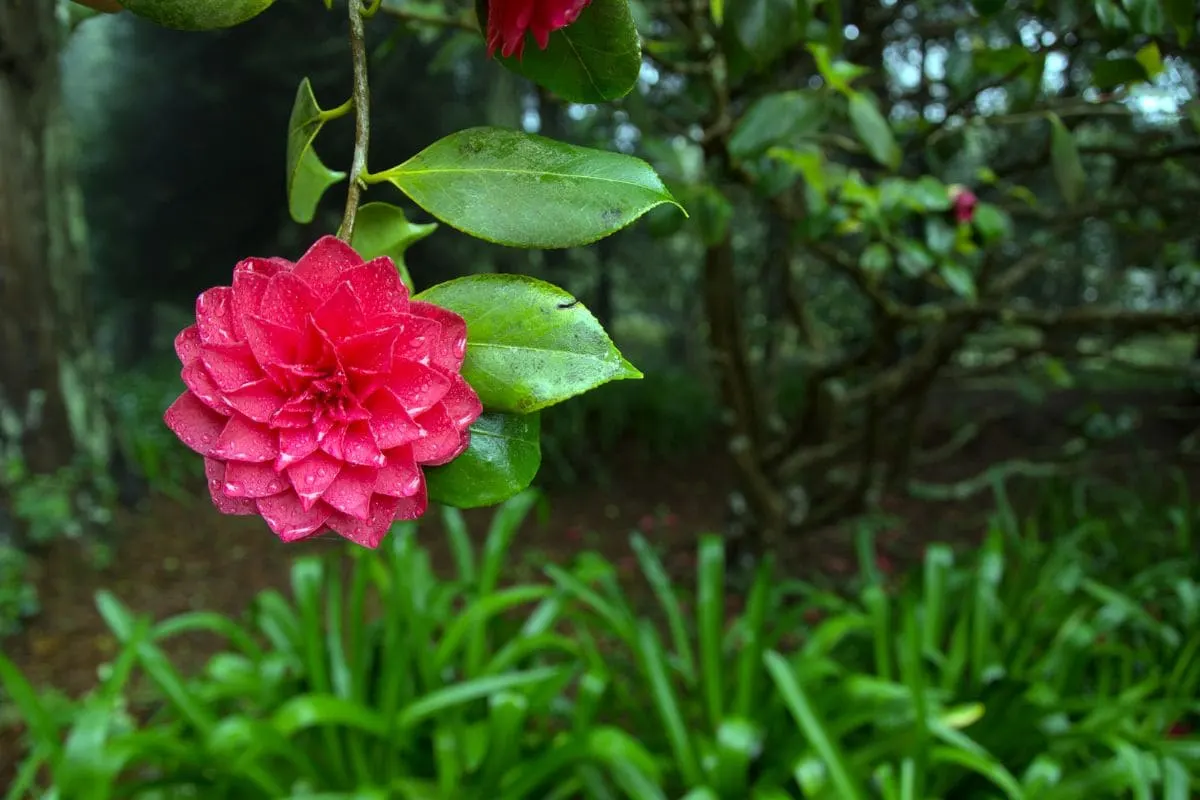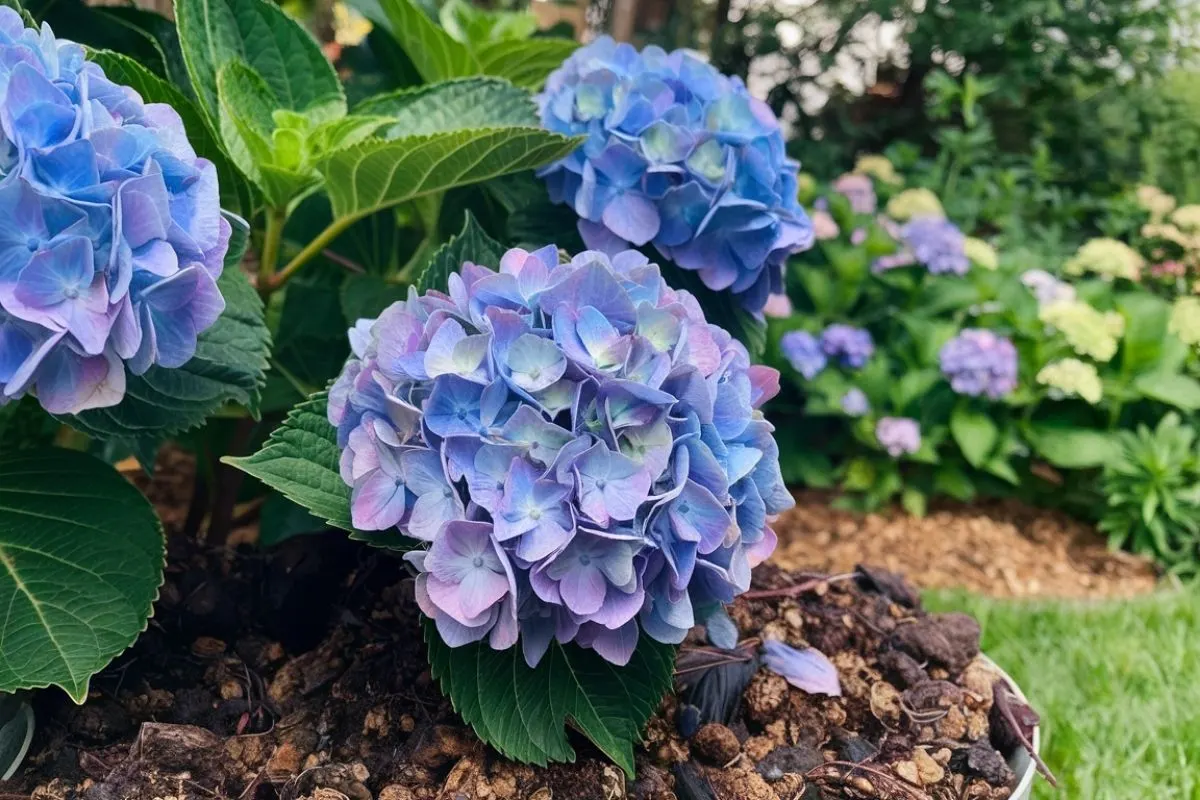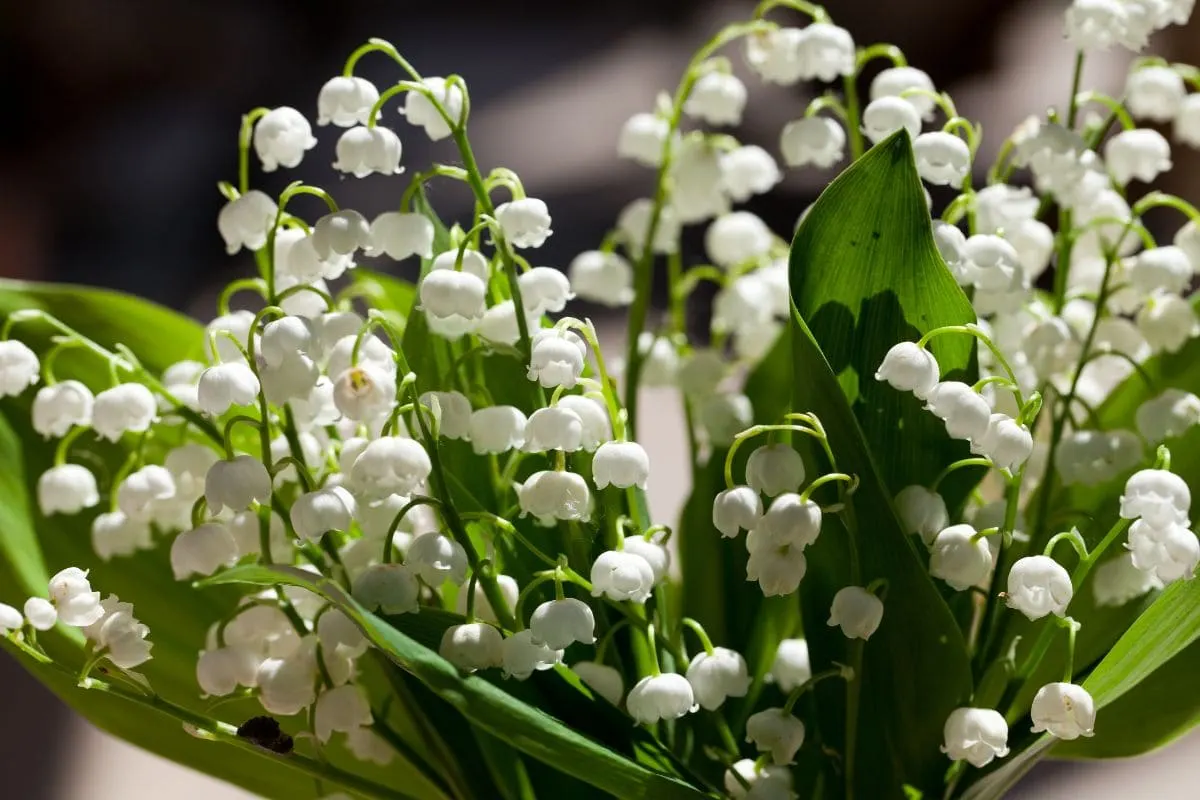Creating a harmonious garden with rhododendrons as the centerpiece can transform your outdoor space into a visual delight. These vibrant shrubs are known for their spectacular blooms and evergreen foliage.
But their beauty doesn’t have to stand alone. Pairing rhododendrons with the right companion plants not only enhances their appeal but also promotes a healthier garden environment. This combination can offer a plethora of colors, textures, and heights that make your garden both dynamic and serene.
Choosing the right companions for your rhododendrons is crucial because these plants have specific needs. They thrive in acidic, well-drained soil and prefer partial shade. Their companions should share these preferences to ensure a thriving garden.
Additionally, selecting companion plants that bloom at varying times can extend the season of interest in your garden, providing color and structure throughout the year.
1. Ferns: The Perfect Understudy

Ferns are like the supportive best friends to rhododendrons. Their feathery fronds create a lush backdrop, enhancing the dramatic blooms of rhododendrons without stealing the show. Ferns thrive in the same type of environment, preferring shady spots and acidic soil.
Consider varieties like the Japanese Painted Fern or the Lady Fern for their delicate textures and subtle hues, which complement rather than compete.
The benefit of ferns extends beyond their aesthetic appeal. They help maintain soil moisture, which is crucial for rhododendrons during hot summer days.
Plus, ferns require minimal maintenance, making them an ideal choice for gardeners who prefer a low-key routine.
2. Hostas: A Textural Feast

If variety is the spice of life, then hostas bring the texture spice. Known for their striking foliage, hostas offer a range of leaf shapes and colors, from deep blue-greens to golds and variegated patterns. This variety helps create contrast in the garden, highlighting the bold blossoms of rhododendrons.
Hostas share a similar preference for shade and moisture, making them perfect partners. They can fill in under taller rhododendrons, covering bare ground and suppressing weeds.
With their hardy nature, hostas can endure a bit of neglect, thriving in the same conditions that make rhododendrons flourish.
3. Azaleas: A Floral Symphony

Azaleas and rhododendrons belong to the same family, so it’s no surprise that they make excellent companions. Their similar growing requirements make them a natural choice, and their overlapping blooming periods create a parade of colors that refreshes the garden.
Rhododendrons often bloom in late spring, while many azaleas burst into color afterward, ensuring that your garden remains vibrant for an extended period.
Azaleas add dimension without overpowering the rhododendrons, providing a successive bloom that keeps the garden alive well into summer.
4. Heucheras: Colorful Groundcovers

Heucheras, or coral bells, are renowned for their rich, colorful foliage, ranging from lime green to deep burgundy. They serve as versatile groundcovers that add color and texture, especially in shaded areas where rhododendrons thrive.
These plants are particularly useful in filling gaps, thanks to their compact and tidy growth habit. Heucheras are not just about foliage; their delicate flower spikes attract pollinators, further enhancing the ecological value of your garden. Their ability to tolerate shade and partial sun makes them ideal for interplanting among rhododendrons.
5. Camellias: A Timely Transition

The camellia is another flowering shrub that pairs beautifully with rhododendrons. Their glossy leaves and stunning blooms provide visual interest during the early spring or even winter when the rhododendrons are not in bloom.
Camellias thrive in similar conditions and offer a continuity of color and form when planted alongside rhododendrons. These plants also provide valuable shelter to wildlife, adding to the ecological diversity of your garden.
6. Japanese Maples: A Dramatic Touch

Japanese maples add architectural drama to any garden space. Their fine foliage and striking colors, especially the crimson and deep burgundy of certain varieties, provide a beautiful foil to rhododendrons’ blooms.
The vertical growth of Japanese maples contributes height and perspective, making them an outstanding specimen plant in a garden setting. Their ability to thrive in partial shade makes them a compatible companion, and their changing leaf colors can signal the transition between seasons.
7. Bluebells: A Springtime Carpet

Bluebells form a gentle, blue carpet under the canopy of rhododendrons. During spring, these charming flowers add a touch of magic beneath the shrubs. Their brilliant blue hues create a stunning contrast against the vibrant colors of rhododendron flowers.
Bluebells are excellent for naturalizing in woodlands or under large shrubs and trees. They handle shade well and can create a delicate, whimsical aesthetic that enhances the garden’s overall ambiance.
8. Pieris: Subtle Elegance

Pieris, also known as Andromeda, are evergreen shrubs that share many growing conditions with rhododendrons. Their fine-textured foliage and pendulous white or pink flower clusters create a subtle elegance in the garden.
Pieris offers year-round interest with their new growth often displaying a different color than mature leaves, adding visual variety. They also cater to bees and other pollinators, making them a beneficial addition to any garden ecosystem.
9. Hydrangeas: A Floral Complement

Hydrangeas, with their voluminous flower heads, provide a robust floral complement to rhododendrons. They prefer the same soil and light conditions, making them easy to incorporate into the same garden area.
The timing of hydrangea blooms provides a pleasant overlap with late-blooming rhododendrons, ensuring a seamless transition of colors and forms. Their ability to change flower color based on soil acidity also offers an interactive gardening experience, allowing you to play with your garden’s palette.
10. Lily of the Valley: Fragrant Accents

The delicate bell-shaped flowers of the Lily of the Valley bring a delightful fragrance to the garden under rhododendrons. These plants thrive in shaded, moist areas, making them an ideal groundcover.
The charming blooms of Lily of the Valley appear in late spring, offering a sweet-smelling undercurrent that enhances the sensory experience of your rhododendron garden. Care should be taken, as they can spread rapidly, but their beauty and scent are well worth the effort to keep them in check.
Creating a Balanced Garden Sanctuary
Integrating these must-have companions with your rhododendrons will not only enhance the beauty of your garden but also contribute to a healthier, more balanced ecosystem.
By considering factors like soil preferences, light requirements, and bloom times, you can create a garden that offers year-round interest and enjoyment.
Experiment with different combinations, and don’t be afraid to let your personal style shine through.
Whether you’re aiming for a tranquil retreat or a vibrant display of color, the right plant companions can transform your outdoor space into a captivating sanctuary.

